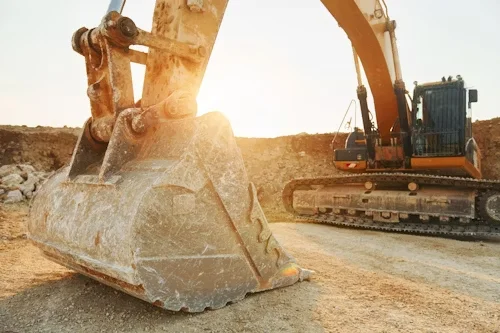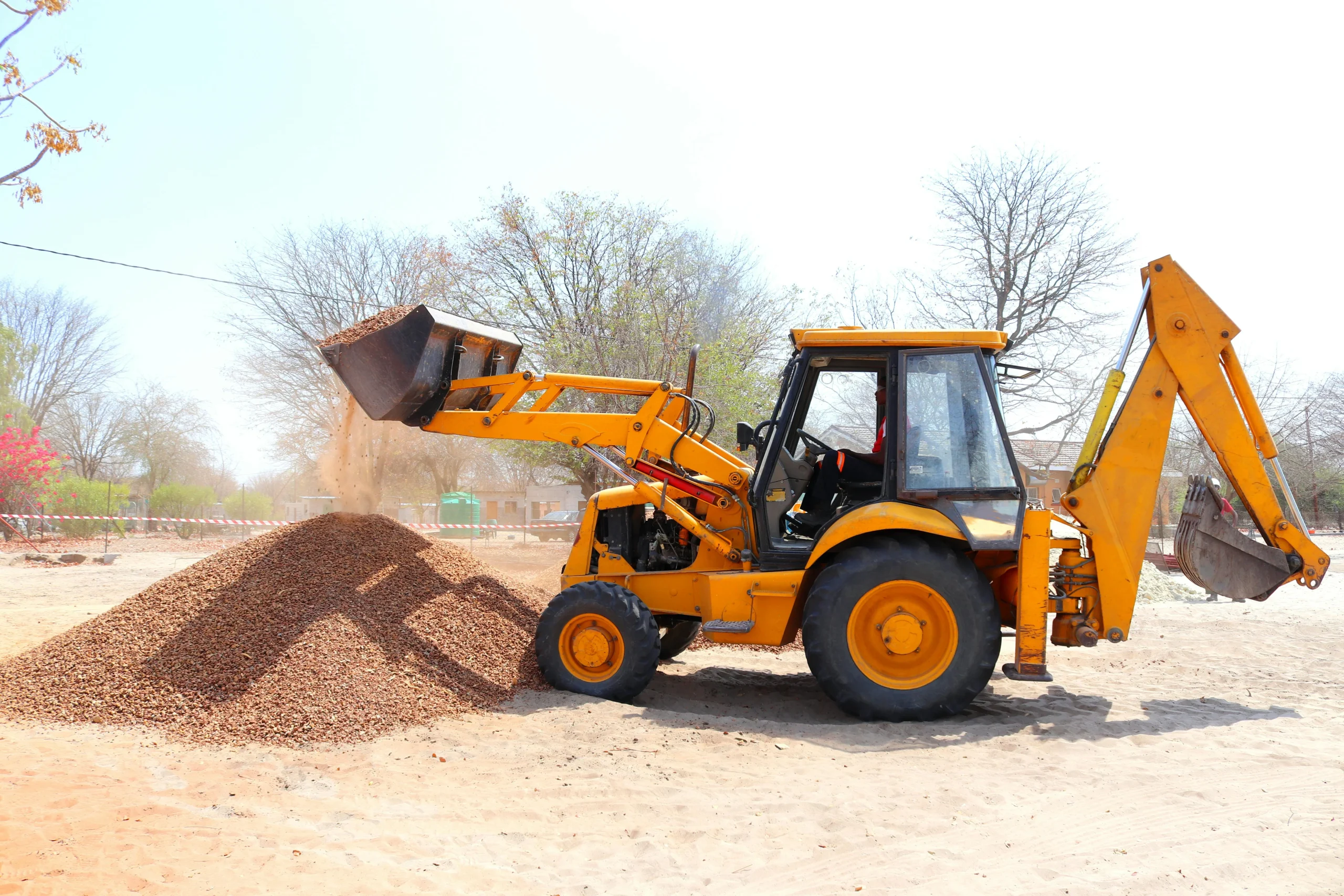How Much Horsepower Does a Backhoe Loader Really Need?
When selecting a backhoe loader, one of the most debated specifications is horsepower. Does more horsepower always mean better performance? Not necessarily. Horsepower is just one piece of the puzzle. The right amount depends heavily on your working conditions, attachment requirements, and overall machine configuration. In this article, we’ll break down what horsepower means in the context of backhoe loaders, how to match power levels to project needs, and what role excavator attachments—like those manufactured by Guangdong Kingho Technology—play in optimizing machine productivity.
Understanding the Basics of Backhoe Loader Horsepower
What is Horsepower in a Backhoe?
Horsepower (HP) is a key metric for evaluating an engine’s power output, reflecting its ability to perform work over time. In backhoe loaders, higher HP enables faster digging, lifting heavier loads, and more efficient hydraulic operations. However, simply maximizing horsepower isn’t always ideal—factors like machine size, fuel efficiency, and task requirements must be balanced. For instance, compact backhoes may prioritize maneuverability over raw power, while larger models benefit from increased HP for heavy-duty applications. Proper HP selection ensures optimal performance without unnecessary fuel consumption or operational limitations.
Types of Backhoe Loaders by Horsepower Class
- Compact (Under 40 HP): Ideal for landscaping, light trenching, and confined urban projects.
- Mid-Range (40–90 HP): Most versatile category, suitable for municipal works, medium-duty digging, and agricultural use.
- Heavy-Duty (Over 90 HP): Built for industrial-scale excavation, demolition, and infrastructure projects.
Matching Horsepower to Project Requirements
Consider the Task Type
The nature of the job heavily influences the horsepower needed:
- Light tasks: Landscaping, trenching, material handling (30–60 HP).
- Mid-range jobs: Digging foundations, loading aggregates (60–90 HP).
- Heavy-duty projects: Deep trenching, rock breaking, heavy lifting (90+ HP).
Guangdong Kingho’s attachments, such as the heavy-duty hydraulic breakers or powerful concrete crushers, require mid-to-high hydraulic flow and power—so matching your backhoe’s horsepower to the tool is critical.
Lift Capacity vs. Digging Depth
It’s easy to get caught up in HP numbers, but don’t overlook lifting and digging performance:
- Machines with lower horsepower can still achieve decent dig depths (14–15 ft) and lift over 3,000 lbs.
- Higher HP supports longer cycle times and faster hydraulic recovery when using attachments like Kingho’s dual-cylinder shears or rotating grapples.
Terrain and Application Environment
Different terrains place varying demands on the engine:
- Soft soil or flat terrain: Less horsepower needed.
- Rocky, sloped, or wet environments: Higher horsepower provides the extra torque for difficult conditions.
- Urban sites: Compact models with moderate horsepower (50–75 HP) and reduced noise levels are preferred.
Kingho’s silent-type hydraulic breakers, for instance, work efficiently on low-noise job sites, especially when paired with backhoes in the 60–90 HP range.
Brand Comparisons by Horsepower and Features
Caterpillar (CAT)
CAT’s models range from 69 HP (415 series) to 131 HP (450 series). These machines offer exceptional hydraulic responsiveness and pair well with high-power attachments like Kingho’s hydraulic pulverizers.
John Deere
Well-known for balanced machines, John Deere offers 69–148 HP models. The 310SL at 103 HP, for example, is commonly matched with shears and compactors in heavy demolition.
JCB
JCB has strong offerings in the 74–109 HP range. Models like the 3CX are favored in rental fleets, suitable for most Kingho attachments under the JSB600 class.
Kubota
Kubota dominates the compact segment with backhoes ranging from 24 to 63 HP. These are often seen paired with Kingho’s smaller tilt buckets and compact grading attachments.
Case
Case’s loaders, such as the 580N and 590SN, operate in the 74–110 HP range, making them ideal matches for Kingho’s quick hitches and general-purpose buckets.
Attachment Considerations: It’s Not Just About Power
Extend-a-Boom vs. Standard Boom
Machines with extendable dipper sticks may require more hydraulic support to maintain balance and power, particularly when used with heavy-duty shears or rippers.
Hydraulic System Configuration
- Open Center Systems: More common in lower-end models, slower in cycle recovery.
- Closed Center Systems: Higher-end loaders with better pressure control, ideal for Kingho’s dual-action attachments like the JSCA series.
Steering and Drive Options
Four-wheel drive and all-wheel steering systems help deliver power more effectively in tough terrain, a key consideration when installing high-torque attachments such as Kingho’s pile drivers or compactors.
Comparing Low and High Horsepower Models
Small (<70 HP)
Pros:
- Lower fuel costs
- Maneuverability in tight spaces
- Easier to transport
Cons:
- Limited lifting and digging depth
- Slower hydraulic response
- Reduced compatibility with larger attachments
Kingho’s compact attachments (e.g., JSB100–JSB400 breakers) are ideal here.
Large (>90 HP)
Pros:
- Deep digging (16–18 ft+)
- Handles heavy attachments with ease
- Fast, powerful hydraulic systems
Cons:
- Higher purchase and operating cost
- More complex to maintain
High-power models work best with Kingho’s Eagle Shears, Hydraulic Crushers, or Clamshell Buckets.
Use Case Over Horsepower Obsession
Horsepower alone shouldn’t dictate your backhoe choice. Instead, align it with actual use scenarios:
- Municipal trenching and pipeline repair? Go for 60–80 HP.
- Demolition with high-impact tools? Choose 90+ HP and closed-center hydraulics.
- Light construction or farm use? 40–70 HP is more than enough.
Kingho’s engineering team also offers custom configurations for its attachments to fit the power and hydraulic specs of your backhoe, ensuring optimal safety and productivity.
Conclusion: How to Choose Wisely
When deciding how much horsepower you really need:
- Define the primary work type.
- Evaluate the required hydraulic output for attachments.
- Account for terrain and working conditions.
- Match to attachment range—don’t overspend on excess capacity.
Guangdong Kingho Technology Co., Ltd., with over a decade of experience manufacturing excavator attachments—from hydraulic breakers to powerful grapples—ensures that every product is designed with efficiency and reliability in mind. Whether your backhoe runs on 40 or 140 horsepower, Kingho has the right tools to help you get the job done.
FAQs
Q1: What’s the average horsepower for a backhoe loader used in construction?
A: Most general-purpose construction backhoes range from 70 to 110 HP, offering a balance between power and versatility.
Q2: Can low-horsepower backhoes use heavy-duty attachments?
A: Only if the hydraulic output meets the attachment requirements. Otherwise, performance and safety may be compromised. Kingho offers scaled models to match lower-power machines.
Q3: Does horsepower affect fuel consumption directly?
A: Yes. Higher horsepower engines tend to consume more fuel, especially under load. However, modern engines often include fuel-saving technologies to offset this.



